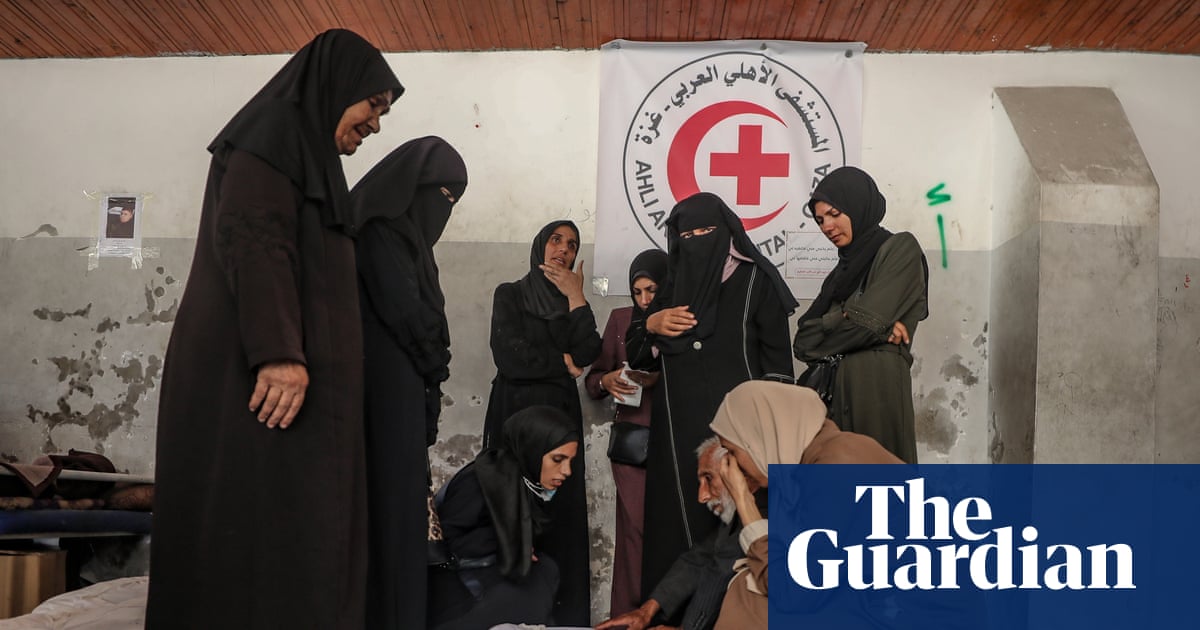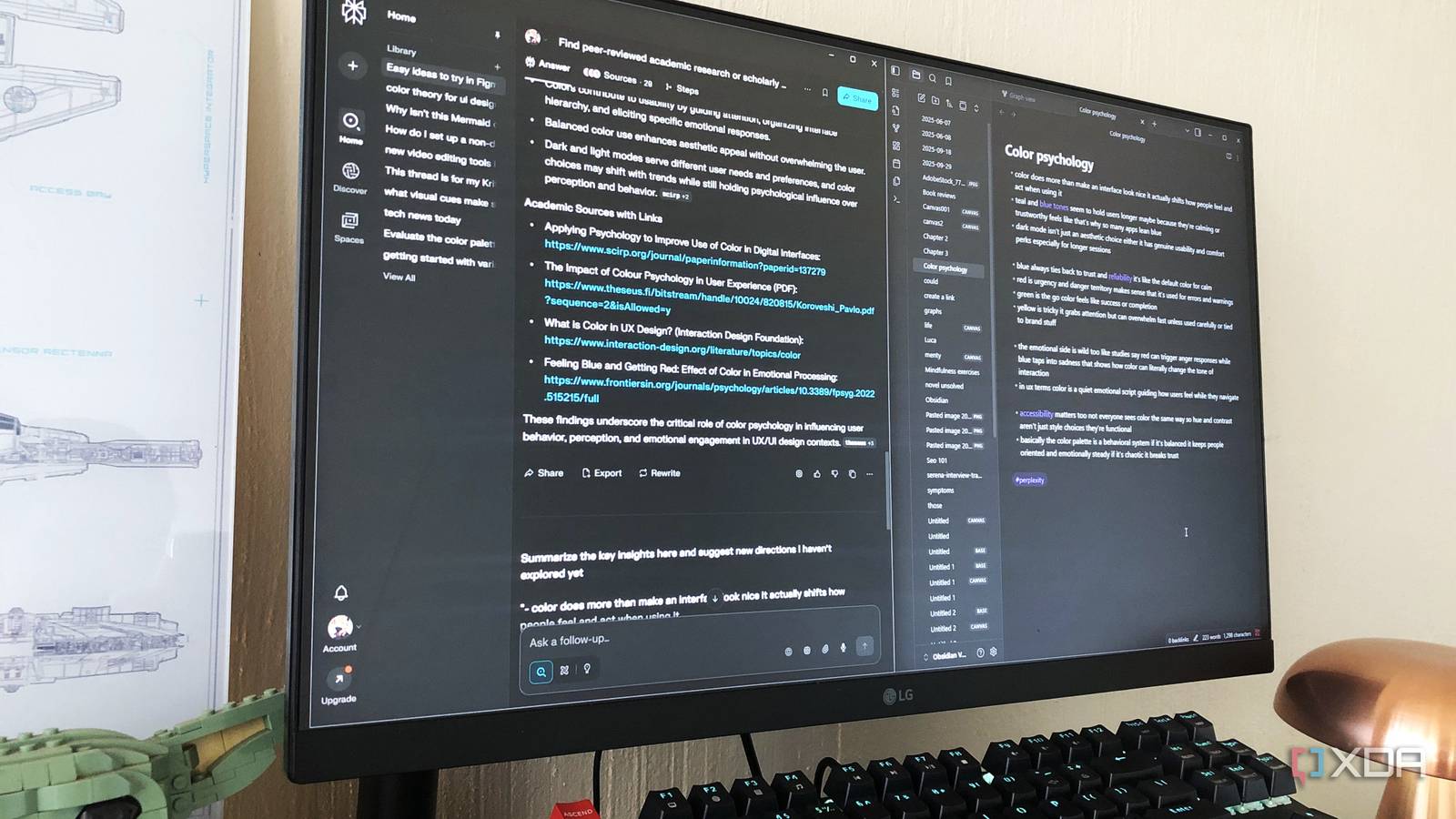Platinum-based chemotherapy plus durvalumab (Imfinzi), bevacizumab (Avastin), and olaparib (Lynparza) maintained a statistically significant and clinically meaningful improvement in median progression-free survival (PFS) vs chemotherapy and bevacizumab for the treatment of patients with newly diagnosed non-tBRCA–mutated ovarian cancer, but did not provide a significant overall survival (OS) benefit, according to final OS data from the phase 3 DUO-O/ENGOT-ov46/GOG-3025 trial (NCT03737643) presented during the
At a median follow-up of 56 months, findings from the third data cutoff demonstrated that the median PFS among patients with non-tBRCA–mutated disease in the intention-to-treat (ITT) population who received chemotherapy with durvalumab, bevacizumab, and olaparib (arm 3; n = 378) was 25.1 months compared with 19.3 months among those who received chemotherapy and bevacizumab (arm 1; n = 378; HR, 0.62; 95% CI, 0.52-0.73). Patients who received chemotherapy plus bevacizumab and durvalumab (arm 2, n = 374) had a median PFS of 20.6 months, representing a benefit over arm 1 (HR, 0.84; 95% CI, 0.71-0.99). The 24- and 48-month PFS rates were 53% and 30% in arm 3; these respective rates were 39% and 22% in arm 2 and 33% and 16% in arm 1.
Sidebar: DUO-O Trial Final OS Analysis: Key Takeaways
- Platinum-based chemotherapy plus durvalumab, bevacizumab, and olaparib maintained a significant PFS benefit vs chemotherapy and bevacizumab in newly diagnosed non-tBRCA–mutated ovarian cancer but did not provide a meaningful OS benefit.
- The median PFS among patients with non-tBRCA–mutated disease in the ITT populations of arms 1, 2, and 3 was 19.3 months, 20.6 months, and 25.1 months, respectively.
- The median OS among patients with non-tBRCA–mutated disease in the ITT populations of arms 1, 2, and 3 was 49.6 months, 48.5 month, and 50.5 months, respectively.
However, the median OS in arm 3 was 50.5 months compared with 49.6 months in arm 1 (HR, 0.92; 95% CI, 0.75-1.11; P = .378). Similarly, the median OS in arm 2 was 48.5 months, which did not represent a significant benefit vs arm 1 (HR, 0.97; 0.80-1.18; P = .785). In arm 3, the 24- and 48-month OS rates were 83% and 53%; these respective rates were 81% and 51% in arm 2 and 80% and 51% in arm 1.
“DUO-O met both primary end points at data cutoff 1, with a statistically significant and clinically meaningful PFS improvement for arm 3 vs arm 1 in the HRD-positive and ITT populations; this benefit was maintained at data cutoff 3 with an approximate median follow-up of 56 months,” Carol Aghajanian, MD, the chief of the Gynecologic Medical Oncology Service and the Avon Chair in Gynecologic Oncology Research at Memorial Sloan Kettering Cancer Center in New York, New York, said during the presentation. “At this final OS analysis, the observed PFS benefits did not translate into a statistically significant OS improvement.
What Was the DUO-O Study Design?
DUO-O was a double-blind, multicenter study that examined durvalumab plus platinum-based chemotherapy and bevacizumab followed by maintenance durvalumab and bevacizumab or durvalumab, bevacizumab, and olaparib in patients with newly diagnosed advanced ovarian cancer.2 Eligible patients needed to have FIGO stage III to IV ovarian, primary peritoneal cancer, and/or fallopian-tube cancer, as well as be candidates for cytoreductive surgery. Patients also needed to be at least 18 years old, or at least 20 years old if they enrolled in Japan, have an ECOG performance status of 0 or 1, and have preserved organ and bone marrow function.
Eligible patients were randomly assigned 1:1:1 to arms 1, 2, or 3. During the chemotherapy phase, all patients received chemotherapy in combination with bevacizumab; those in arms 2 and 3 also received durvalumab. During the maintenance phase, patients in arms 1, 2, and 3 received bevacizumab, bevacizumab plus durvalumab, or bevacizumab plus durvalumab and olaparib, respectively. Maintenance therapy continued for up to 2 years.
The primary end point was investigator-assessed PFS per RECIST 1.1 criteria in arm 3 vs arm 1 in both the non-BRCA–mutated HRD-positive and ITT populations. Key secondary end points included investigator-assessed PFS per RECIST 1.1 criteria in arm 2 vs arm 1 in the non-BRCA–mutated ITT population, OS, and safety.
What Were the Additional Efficacy and Safety Results?
Additional efficacy findings from DUO-O data cutoff 3 revealed that the median PFS among patients with non-tBRCA–mutated, HRD-positive disease was 45.1 months in arm 3 (n = 140) compared with 23.3 months in arm 1 (n = 143; HR, 0.49; 95% CI, 0.36-0.66). In arm 2 (n = 148), the median PFS was 25.6 months, conferring a PFS HR of 0.80 (95% CI, 0.60-1.05) vs arm 1. In arm 3, the 24- and 48-month PFS rates were 73% and 47%; these respective rates were 52% and 31% in arm 2 and 47% and 27% in arm 1.
In terms of OS among patients with non-tBRCA–mutated, HRD-positive disease, the median value was not reached in arms 2 and 3. When compared with the 66.8-month median OS in arm 1, patients in arm 3 experienced a 20% reduction in the risk of death (HR, 0.80; 95% CI, 0.54-1.18; P = .263) and those in arm 2 had a 16% reduction (HR, 0.84; 95% CI, 0.57-1.23). In arm 3, the 24- and 48-month OS rates were 96% and 71%; these respective rates were 92% and 71% in arm 2 and 89% and 68% in arm 1.
In terms of safety, any-grade adverse effects (AEs) were reported in arms 1 (99.2%), 2 (99.5%), and 3 (99.2%). Grade 3 or higher AEs (62.0% vs 66.2% vs 72.5%), AEs leading to death (1.3% vs 2.4% vs 2.1%), serious AEs (35.1% vs 44.2% vs 40.2%), immune-mediated AEs (35.1% vs 56.6% vs 54.0%), AEs leading to dose modification (72.3% vs 80.2% vs 86.0%), and AEs leading to treatment discontinuation (21.3% vs 27.1% vs 34.9%) were reported in all 3 arms. AEs of special interest associated with olaparib that occurred in all 3 arms consisted of new primary malignancies (0.8% vs 0.3% vs 1.9%) and pneumonitis (0.8% vs 1.6% vs 1.9%).
“Safety continues to be generally consistent with the known profiles of each agent,” Aghajanian said in her conclusion.
Disclosures: Aghajanian reported receiving institutional grants from AbbVie, Clovis, Genentech/Roche, Artois, and AstraZeneca. She also reported participating in safety monitoring or advisory board roles for AstraZeneca, Merck, and WCG.
References
- Aghajanian C, Trillisch F, Nishio S, et al. Durvalumab + paclitaxel/carboplatin + bevacizumab followed by durvalumab, bevacizumab + olaparib maintenance in patients with newly diagnosed non-tBRCA-mutated advanced ovarian cancer: final overall survival from DUO-O/ENGOT-ov46/GOG-3025. Presented at: 2025 ESMO Congress; October 17-21, 2025; Berlin, Germany. Abstract LBA44.
- Durvalumab treatment in combination with chemotherapy and bevacizumab, followed by maintenance durvalumab, bevacizumab and olaparib treatment in advanced ovarian cancer patients (DUO-O). ClinicalTrials.gov. Updated January 1, 2025. Accessed October 19, 2025. https://clinicaltrials.gov/study/NCT03737643




![Body Horror Zoo Sim Game ‘Zoochosis’ Finally Heads to Xbox on October 24 [Trailer]](https://afnnews.qaasid.com/wp-content/uploads/2025/10/zoochosis.jpg)

